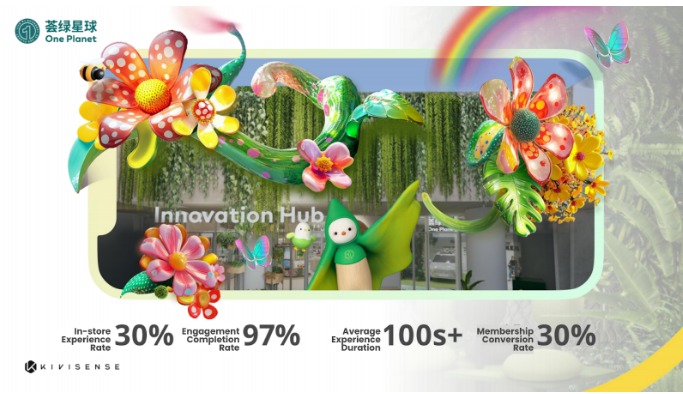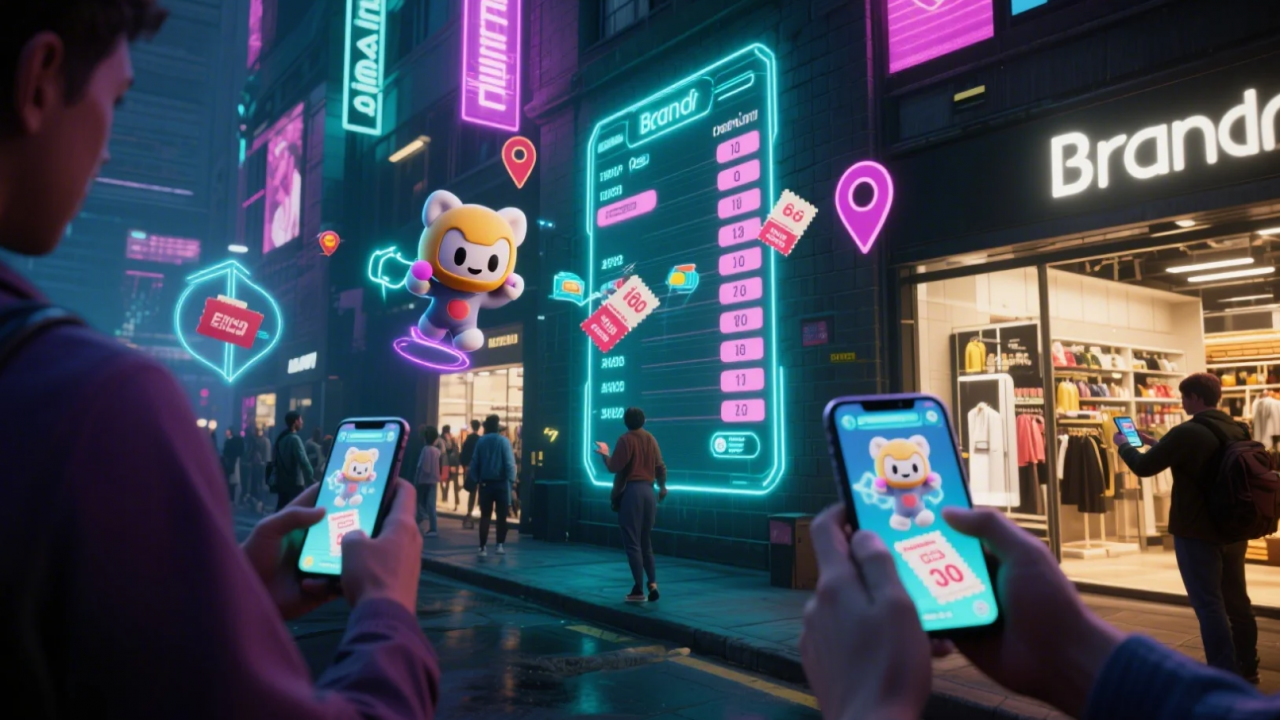Overview of Real Estate Industry
According to latest estimates, the commercial real estate market will be worth approximately $25 trillion in 2024. Real estate industry is constantly evolving and advancing with ongoing technological advancements. Traditional process of selling and buying properties involved buyers visiting countless sites or apartments before getting a good deal. However, the rise of AR/VR and 3D visualization technologies has reshaped the real estate landscape by letting buyers virtually explore their interested sites in real time. This will have a good impact on the real estate industry, but let’s see how.Importance of Augmented Reality in Real Estate
The advent of augmented reality has completely changed how buyers and real estate agents interact with properties. According to a 2019 Deloitte study, 50% of investors emphasize the use of augmented reality in real estate dealings. Using AR technology, buyers can take virtual tours of a property, eliminating the need of scheduling a physical visit and saving time. Moreover, in case the space they are seeing needs renovation, they can apply any paints on walls, incorporate furniture or decor items, and explore many flooring options using interactive AR features. In this way, AR streamlines real estate dealings by making them engaging and interactive.AR for Real Estate Marketing and Advertising: Real-life Applications
Interactive Advertising
AR advertising market is projected to reach a CAGR rate of 9.25 and a net market value of $8 billion by 2029. This shows the potential of AR advertising as an effective marketing approach. Use of dynamic and engaging AR ads can help real estate marketers capture the attention of buyers through interactive experiences. For example, users can visit and explore Poly & Beijing Shijingshan properties through immersive AR experiences, where they can interact with digital elements like astronauts, flowers, and whales while navigating buildings. The experience provides an immersive journey through the properties, enhancing the way users engage with real estate.Another real life depiction of this application is Ingka’s new Livat Shanghai grand opening involving interactive AR experiences. One of the main attractions at the event was the Innovation Hub, where visitors could explore the AR Fantasy World of Livat Planet. Users could explore different themed areas, like Planet Forest, Planet Ocean, Planet Wildflower, and Planet Wonderland. This interactive AR experience can be accessed through phone and users can get lost in a beautiful blend of art, sustainability, and technology.
Enhanced Listings
AR listings provide immersive virtual previews that let buyers explore properties from any device. They can find all the details of properties in one place without searching multiple websites. Users can visualize a digital version of a space and use interactive AR features to try out various designs and layouts.
Huawei’s ‘Ten Days Later’ Future Home in Shanghai features an immersive AR experience that showcases advanced technology in home design and living. With just a tap, users can see futuristic AR effects come to life, presenting the building in an innovative and interactive manner.
Targeted Marketing Campaigns
AR can refine and personalize marketing strategies to target audiences. Real estate companies can attract buyers by providing innovative and engaging AR experiences. Real estate marketers can tailor property listings based on the user data using AR. This provides buyers with personalized property suggestions.
For example, Disney character Olaf makes a magical appearance at the “Frozen World” exhibition at Chongqing IFS. This campaign is powered by Kivisense and brings the beloved character to life with interactive experiences. Visitors can use their fingers to adjust Olaf’s position and capture the perfect moment with him in just one tap.
Another example of this can be Jordan’s ‘’World of Flight’’ store in China located in the Sanlitun district of Beijing. The store offers a number of AR-powered interactive experiences to boost the excitement of visitors. AR enhancements can see props like shoes and other accessories popping out of the building in an immersive manner. Moreover, AR navigation can help them find the entrance of the store easily. They can also wear a Jordan hoodie through dynamic AR filters and customize their favorite products. These interactive experiences make their visit more fun and memorable.

Brand Differentiation
AR helps businesses stand out in a hugely crowded and competitive real estate market. It helps real estate agents offer unique and immersive property tours and presentations that let buyers interact with buildings and other interior elements in three-dimensional space.
For example, Changsha IFS AR Campaign used augmented reality to create an interactive celebration for the Lunar New Year. Visitors interacted with buildings through immersive AR displays that brought traditional Lunar New Year symbols to life, such as dragons and lanterns. They used AR filters to take pictures with festive themes, making the campaign a big hit.
Benefits of Augmented Reality in Real Estate
Enhancing property visualization
Buyers can see 3D models of apartments or buildings through their devices using AR overlays. This helps them accurately analyze the dimensions, layouts, and flow of a property. Moreover, in the context of construction and renovation, AR provides interactive design features such as 3D floor plans, wall paint ideas, and virtual placement of 3D furniture models.
Improved customer engagement
AR immerses buyers in a captivating experience where they can explore various properties in an interactive manner. It provides buyers with real-time data analytics about their listed properties, such as how many people are interested in buying the same property. Such interactive experiences keep them interested and encourage them to explore more options.
Streamlining property tours and visits
Imagine you want to explore some property in a different country or city. It will be impossible for you to physically go there just to check it out. But with AR, buyers can take virtual property tours where they can virtually walk through the apartment or building. According to studies, AR-powered property tours generate 40% more leads than conventional property listings.
Virtual staging and design options
Interactive AR features let buyers re-stage and style the whole place virtually. They can re-stage rooms by changing sizes and moving walls to different areas. Moreover, they can experiment with different color schemes, interior options, furniture placements, and flooring designs to get a preview of how the space will appear in reality.
Top Augmented Reality Real Estate Apps
Real AR
Real AR app helps buyers search for real estate listings and explore 3D property models so they can see how they can use and transform the space. Also, they can get information about neighborhood amenities and contact real estate agents for virtual tours.
Vera
This app helps real estate professionals create detailed digital models of buildings. Buyers can visualize buildings in 3D and manage building operations using Vera Central Control. They can also get details of property dimensions and prices, and schedule property tours.
Magic Plan
This app provides interactive 3D floor plans using AR. Users can capture all dimensions of their space including walls, ceilings, and floors through mobiles. The app suggests 3D floor plans, innovative layouts, and design options using those images.
Safety Compass
This AR-powered app mainly focuses on safety and offers real time data about the crime rates in a property’s surroundings. This helps users analyze any safety risks in the areas and avoid the dangerous ones. The app is updated constantly, providing the latest data in real time.
ARki
This app helps users visualize architectural projects in real time using augmented reality. It gives them a realistic preview of a property’s dimensions and its location relative to nearby amenities like parks, schools, and shops.
Curate by Sotheby’s
This app is a versatile tool for staging and visualizing properties. It lets users stage real estate listings virtually and design them interactively. After buying, it can be helpful in visualizing colors, lighting, and 3D furniture models in a virtual space.
Future Trends in Augmented Reality for Real Estate
Advancements in AR technology
With the ongoing advancements in metaverse, real estate companies will use advanced 3D modeling and improved graphics to enhance the property visualizations. Moreover, integration with virtual reality will let the users make renovations in real time, making the AR experience more engaging and immersive.
Potential for personalized experiences
Real estate agents will use AR driven data insights to analyze user behaviors and preferences and provide personalized property suggestions that best align with the buyer’s requirements. This will make the property searching process more engaging and customized.
Aligning with other real estate technologies
Integration of AR with other real estate technologies, such as VR, AI, and ML, will take property buying and selling to another level. This will make estate dealings more efficient by streamlining property transactions through blockchain and improving customer services through innovative VR tools.
Conclusion
Future of augmented reality in real estate looks quite promising, as real estate marketers are always looking for innovative ways to enhance real estate sales and provide immersive buying experiences to customers. If you also want to hop on the metaverse bandwagon and make your real estate dealings more engaging and interactive, you are at the right place. You can explore industry leading augmented reality solutions for your real estate needs with Kivisense. Contact us to get started!






